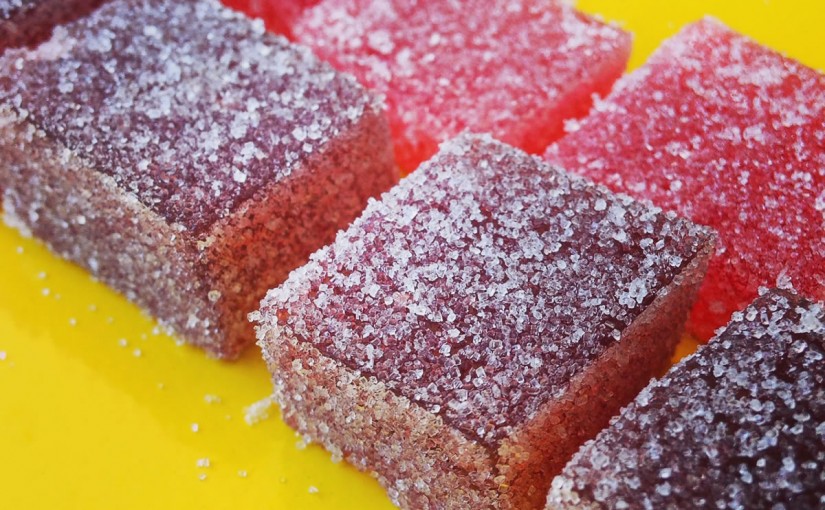The hubby and I just got back from a belated honeymoon of sorts. We packed up the backcountry gear, flew to Reykjavík, rented a 4×4, and spent two weeks wandering and camping around the country. (Okay, okay, there were a few nights in nice cozy hotel beds mixed in there.)
Somewhere between double-takes at the scenery and spit-takes at the price of a pint, I managed to nibble on some of the flora and take a gander at how it’s used in local restaurants and packaged foods.
My impression: Iceland, like many places in the “developed world,” is currently in a revival phase when it comes to wild foods and traditional foodways. Although it’s spearheaded by small producers, they are without a doubt being spurred on by the massive influx of hungry, curious tourists that the country has welcomed in recent years.
This revival is also getting nudged along by a crew of fledgling craft breweries and distilleries, some of which — like Reykvajík Distillery and Borg — show a fantastic eagerness to explore wild ingredients. From nice safe stuff like bog bilberries (Vaccinium uliginosum) to more challenging additions like Arctic thyme (Thymus praecox subsp. arcticus) and malt smoked over the shit of Icelandic sheep. (FYI: Didn’t try it. But only because a single bottle was 3,000 króna, not because I wasn’t intrigued.)
Continue reading Over in Iceland, wild food is alive and well — at least in the gift shops.

